At STH, we test a lot of high-end processors. The Intel Pentium Silver J5005 is certainly not one of them. This small quad-core processor is a 10W TDP part that includes a GPU as well. Frequencies are modest by modern standards. All of that is easily forgotten given the context of this being a 10W TDP part. In that thermal envelope, it has a lot to offer. Our review is going to focus on how it compares to other embedded compute options.
Key stats for the Intel Pentium Silver J5005: 4 cores / 4 threads and 1.5GHz base clock and 2.8GHz turbo boost with 4MB cache. The CPU features a 10W TDP. This is a $161 list price part which is very reasonable for this level of performance in today’s market. The biggest limitation is that these only include 6 PCIe lanes, and two SATA III ports, severely limiting connectivity. Here is the ARK page with the feature set.
Here is what the lscpu output looks like for the chips:
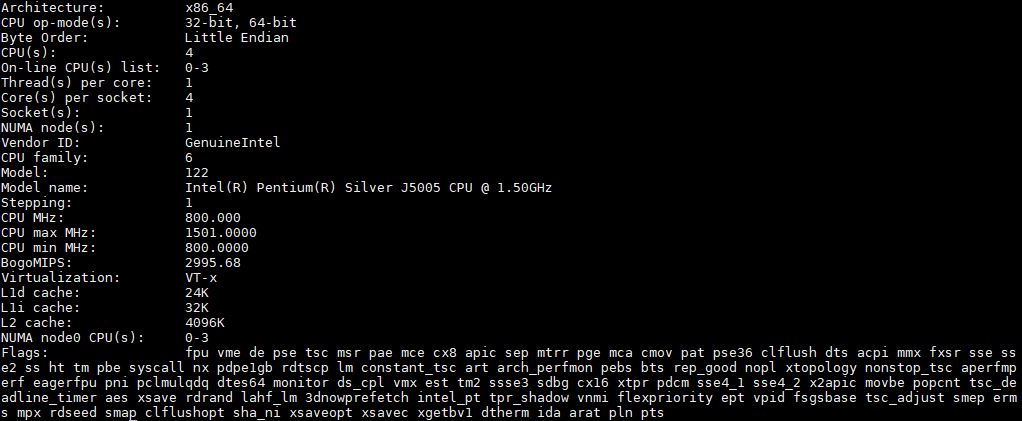
The Intel Pentium Silver J5005 is considered a “Goldmont+” core design while the Denverton Intel Atom C3000 chips use Goldmont. Both are produced on 14nm Intel process.
Intel Pentium Silver J5005 Test Configuration
Since this is a BGA part affixed to its motherboard, we are testing this in an industrial embedded platform from Fujitsu, the Fujitsu D3543-S3.
- Motherboard: Fujitsu D3543-S3
- CPU: Intel Pentium Silver J5005
- RAM: 1x 4GB DDR4-2666V SODIMM running at 2400MHz
- SSD: Innodisk 128GB M.2
Our platform is extremely compact, and the best part is that it is fanless even in a fairly wide temperature range.
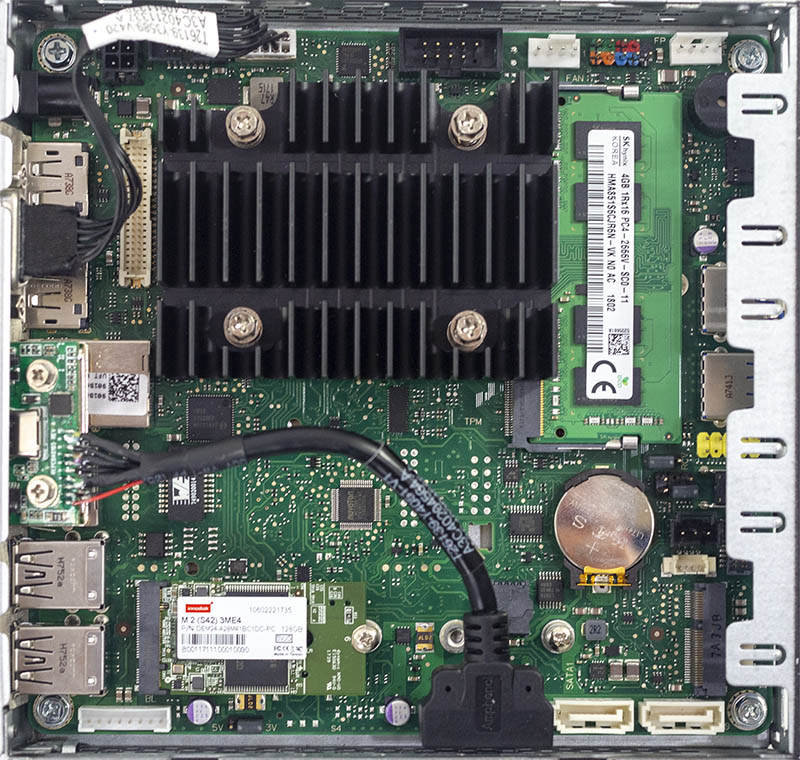
With dual 1GbE NICs, room for an M.2 SSD and a Bluetooth/ Wi-Fi M.2 card and the Intel Pentium Silver J5005 onboard this is a compact platform that can be deployed almost anywhere.
Next, we are going to take a look at our Intel Pentium Silver J5005 benchmarks, we are then going to focus on power consumption then conclude with our final words on the processors.

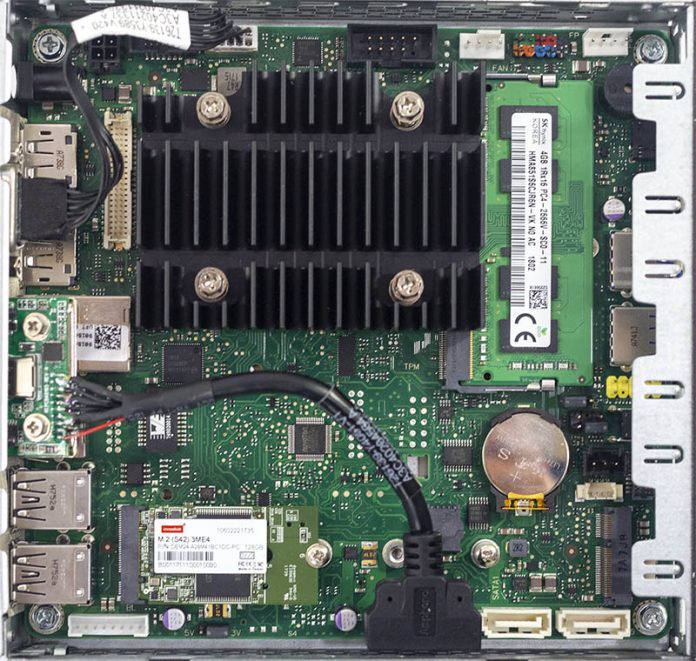
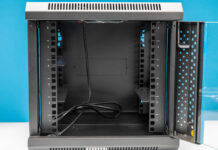
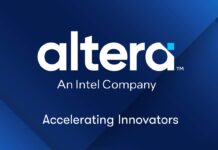

Patrick, why do you always write “Python Linux 4.4.2 Kernel Compile Benchmark”? What does python have to do with compiling the Linux kernel?
Hi Marcelo B. This is the second version of our Linux Kernel Compile benchmark that was one of the first ones we launched via a Python setup script. It is just a label to differentiate this versus our older one.
@ Author,
The $161 is basically a placeholder for CPUs like these. The Asrock J5005 motherboard with the J5005 chip integrated costs $119 in Newegg, which is same as what the i3 8100 goes for at the same site.
Consumer level tests show 30-40% gain over the Goldmont predecessor due to significant uarch changes. I’m surprised the gain is less compared to the C3558.
Any idea where to get about 3 dozens of these?
cant seem to find it online, the websites that list this restrict buyers to their customers and i can’t even register.
Our review of the platform is in the final editing stages and hopefully today/ tomorrow it will go live.
Your best bet is to call a Fujitsu reseller.
https://www.impactdisplaysolutions.com/ Their website is currently down but I was on it yesterday. They sell them. Price looks to be around $180 for the mobo so I’m not sure its a good value compared to the ODROID-H2
When will intel start manufacturing this CPU? No where has it in stock.
ASRock is selling a Mini-ITX board based on the J5005.
The have been impossible to get for over a year, but recently I have found some supplies, tested an initial one and then bought three more. The main purpose was to build a silent and low-power oVirt three node hyperconverged cluster with a ‘remote’ backup in the home-lab for concept testing.
The real crunchers is that with 2 DDR4 SO-DIMM slots you can fit 32GB of RAM into a silent little box, together with as much SATA-SSD you’re wishing to spend on. Got a sweet €99/piece deal on Samsung 860 EVO 1TB the other day and snatched those as well.
Another nice thing is the appearance of RealTek 8156 based USB3 2.5Gbit controllers which allow you to fit a secondary 2.5Gbit Ethernet interface for around €40 (hope that price comes down significantly), which is perhaps not quite as balanced as a 5Gbit variant would be for that platform, but evidently 5Gbit PHYs eat too much power. Still it delivers 200MB/s from an Atom, probably a good match for the Gluster underneath oVirt.
I benched the first system on Windows 10, too and was quite impressed. I have several Atoms J1900, N3700 and N3450 and the increases both in CPU and GPU power have been far bigger than in the desktop arena during that time. Even on 4k@60Hz interactive response was very snappy (the J1900 was much harder to endure even at THD), any ordinary Office and Browser work was totally acceptable. As my benchmark proved out, it is quite capable of replacing any 3.5GHz Phenom II quad or 3.4GHz Penryn Core-2 quad, even Sandy Bridge i7 only just get away on multi-core workloads using almost an order of magnitude more power.
Among the Linux desktops I find that Cinnamon offers both the best mix of performance and ergonomics, using the relatively strong GPU to full advantage while GNOME and KDE require much more CPU power even with GPU acceleration, while pure software rendering with MATE at 4k stops being fun even with 5GHz Kaby Lakes.
Turns out, the heavy Ansible scripting in oVirt suffers significantly from ‘not-quite-server-class’ CPUs, but that’s telling more about how badly those frameworks waste CPU power than about this CPU, which performs admirably on properly compiled code, and even on Javscript-overfed websites, developed on and for an iMac target.
BTW: The second DDR4 DRAM channel doesn’t pay back in performance, only in capacity and power consumption: You get a lowly 8GB/s on a single DDR4-2400 module and 9.3GB/s on a dual setup, even if it’s officially operated as dual channel. The Atom’s ‘Northbridge’ simply can’t keep up with the DRAM speed.
But you can’t get affordable 16GB SO-DIMM sticks at DDR3L.
The ‘Intel-official’ 8GB RAM capacity limit on Atoms seems to have been a lie from day one: I’ve had 16GB running on J1900 and N3700 w/o problems (as did anybody else who tried, evidently).
How does this MB fair up compared to the N3700 from AsRock?
It has 0.1 Ghz less base clock but 0.4 Ghz faster at boost/turbo.
Also it has DX12 / UHD graphics compared to N3700 DX11 / HD.
I want to upgrade for better video editing properties.
Any thoughts?